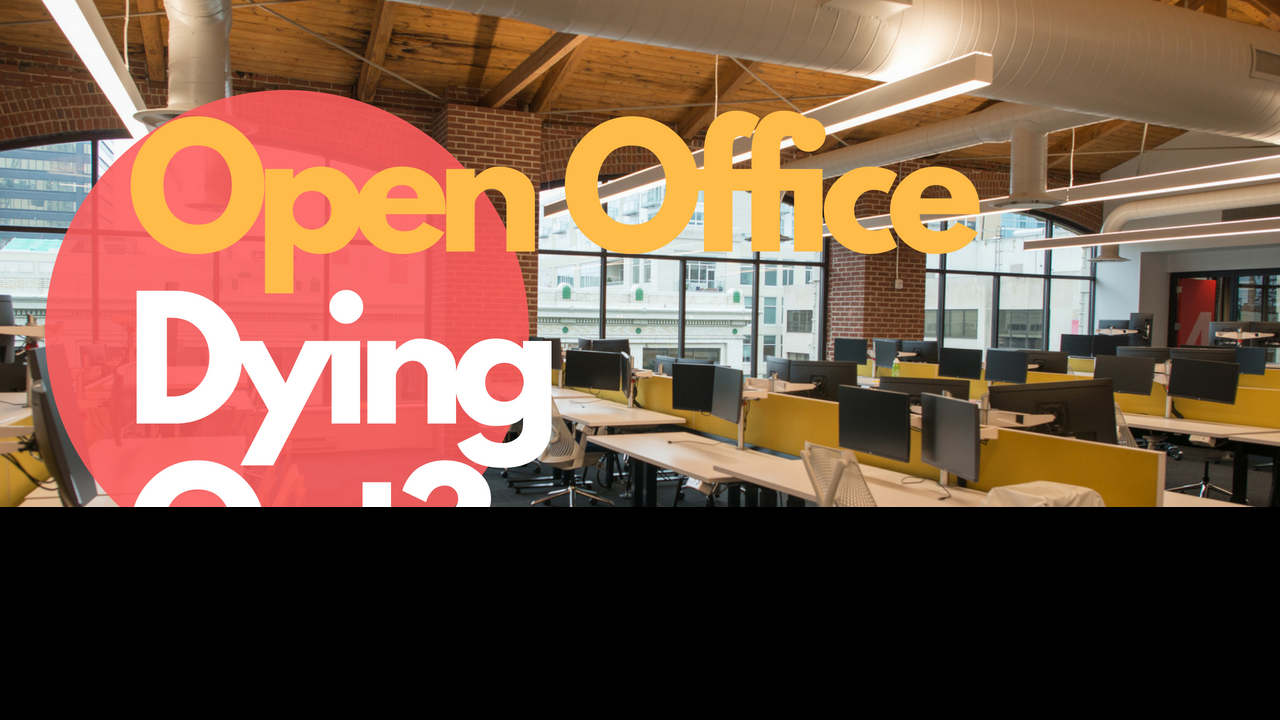- Research by Sage claims that 80% of offices in the US are open plan
- Despite the collaborative benefits, open offices can harm productivity by causing too many distractions
- There is no perfect office, but careful design can help occupants reach a happy medium
A recent study found concrete evidence that open offices decrease collaboration. Yet, for quite some time now, open workspaces have dominated workplace design.
When modern coworking first started, between 2005-2008, most offered open workspace only. As more people adopted coworking and market needs and demands changed, many operators realized the added value of offering more private space as well; giving rise to the hybrid model.
The open office debate has been around long before coworking even started. While one side argues that it encourages healthy interactions and collaboration, the other side argues that these spaces are too noisy and decrease productivity. The traditional alternative to open offices — cubicles — are not perfect either.
A recent infographic suggests that the open office will soon die out.
And yet even with evidence pointing to the downsides of this type of workspace, many companies and flexible workspace operators continue to believe in the power of the open office. Which means that it is unlikely to die out anytime soon, especially when we look at the potential growth of the coworking industry.
————— Article Continued Below Infographic —————

Is there a sweet spot?
Maybe. Some experts claim that glass walls are capable of providing that sweet spot between too much privacy and not enough of it. Instead of private offices with 4 walls around them, designers are leaning towards private spaces with 3 glass walls. Glass creates a spatial boundary without completely isolating the person or team behind it.
Others believe that plants can easily help improve open workspaces. When placed correctly, just as glass walls, they can create spatial boundaries without isolating, and they also have the added benefit that they can help reduce noise levels significantly.
In the end, we believe it comes down to choice. People’s moods and tasks vary on a day to day basis, and having choice within the workplace has been proven to be one of the best strategies to improve performance and results.


 Dr. Gleb Tsipursky – The Office Whisperer
Dr. Gleb Tsipursky – The Office Whisperer Nirit Cohen – WorkFutures
Nirit Cohen – WorkFutures Angela Howard – Culture Expert
Angela Howard – Culture Expert Drew Jones – Design & Innovation
Drew Jones – Design & Innovation Jonathan Price – CRE & Flex Expert
Jonathan Price – CRE & Flex Expert












